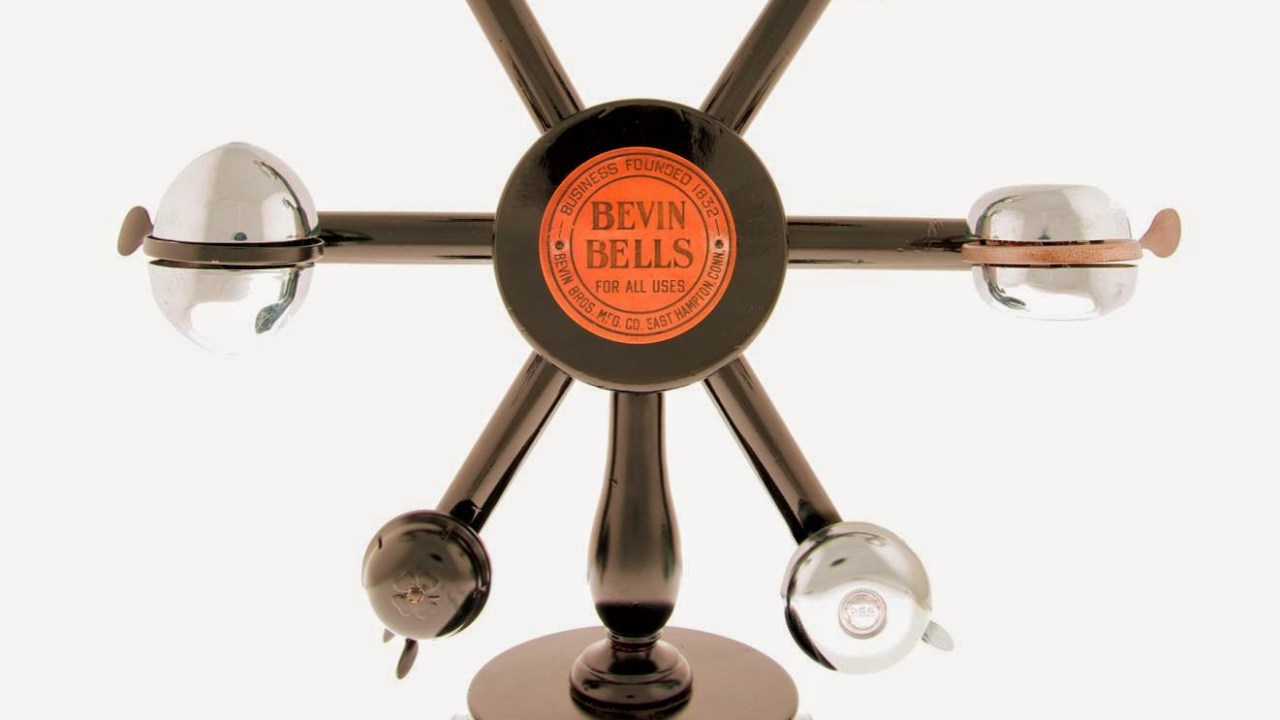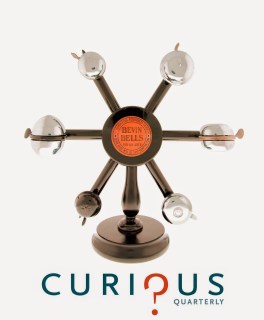
As soon as TrendsWatch 2015 published in March, I started searching for stories that extend my exploration of this year’s themes. The “synesthesia” trend is, predictably, yielding some of the most playful, pleasurable and simply joyful examples. This week’s guest post is by Eric Espig, the museum content developer and web specialist for the Royal BC Museum in Victoria, BC, Canada. Eric tells us more about Curious, a new multisensory digital publication.
Combining of media and external stimuli to trigger multi-sensory experiences, or Synesthesia, can be cutting-edge, amazingly powerful and awe inspiring for audiences. If you doubt this, simply check out the Human Harp project (mentioned in CFM’s Trendswatch 2014) that turned the Brooklyn Bridge into a musical instrument. Even small-scale combinations of traditional text with multi-media stimulation can significantly increase the emotional impact of an article. The lauded (an often referenced) Pulitzer prize winning New York Times interactives are a prime indication that mainstream audiences have turned a corner and may soon come to expect that kind of impact from digital publications. If a digital publication references a sound or a visual it needs to include the corresponding media in order to feel complete to increasingly sophisticated audiences. If the publication’s design is elegant enough (see, for example the New York Times’ The ‘Boys’ in the Bunkhouse), the measure of success may be how seamlessly the reader moves from reading to listening to viewing and back to reading without even noticing the transitions. Having turned this synesthetic corner, it may now be the omission of the complementary sound/visual which will distract audiences from receiving the author’s message.
 |
|
Caption: Bevin Bells the Curiosity featured in the
Royal BC Museum journal Curious Quarterly, Spring 2014.
|
Curious Quarterly is a themed, digital, museum journal packaged as a cross-platform app (android and iOs) and as a website. The Royal BC Museum developed this new format to inspire our museum curators and staff to share their work and to refresh the way we deliver extended content (i.e., content that is outside of our member magazines, exhibitions, programming, etc.) Inspired in part by the spirit and styling of the NYT, and wanting to stay away from the tired model of a museum blog, we chose to package this content as a four-issue-per-year digital publication. For our second, and most recent, issue, Spring 2014, we chose a theme we could literally riff on: Noise.
Noise is an unlikely subject for the journal, not typically addressed in our museum dialogue. This theme opened the door for text and visual content to be complemented creatively with audio. Chris O’Connor, RBCM’s Schools and Family Learning Team Lead, collaborated with me on this issue, and took the theme in interesting directions. He has been working on various “synesthetic” projects at RBCM for a few years now, including exploring noise as an art form, such as the performance piece Port Moody Choo Choo. For Noise, Professor Jack Lohman, RBCM’s CEO, contributed an essay on Museums and Memory which discusses that subject in the context of the streets of São Paulo, Brazil. To “illustrate” this essay, Chris sourced a sonic collage of the historic São Paulo streets which we embedded in the text. In a more literal riff on the theme, we encouraged curator Dr. Lorne Hammond to write about his relationship to noise—he brought in his home-built modular-synths for us to photograph and record.
Soundcloud link to a sound-map that Chris had created for his letter from the editor that “travels the public and non-public spaces of the Royal BC Museum”
Admittedly we have not produced a piece on the par with the NYT’s famous Snowfall, but this honest approach to content creation has been a small success for our organization, one which has resonated with both the contributors and audience. The tasteful and creative use of embedded media and strong imagery has allowed our content to rise closer to a benchmark that our more technologically entitled audiences are, perhaps, expecting. Hopefully, in time we will reach new audiences by playing with how we package our digital publications, expanding our offerings and piquing your curiosity.








